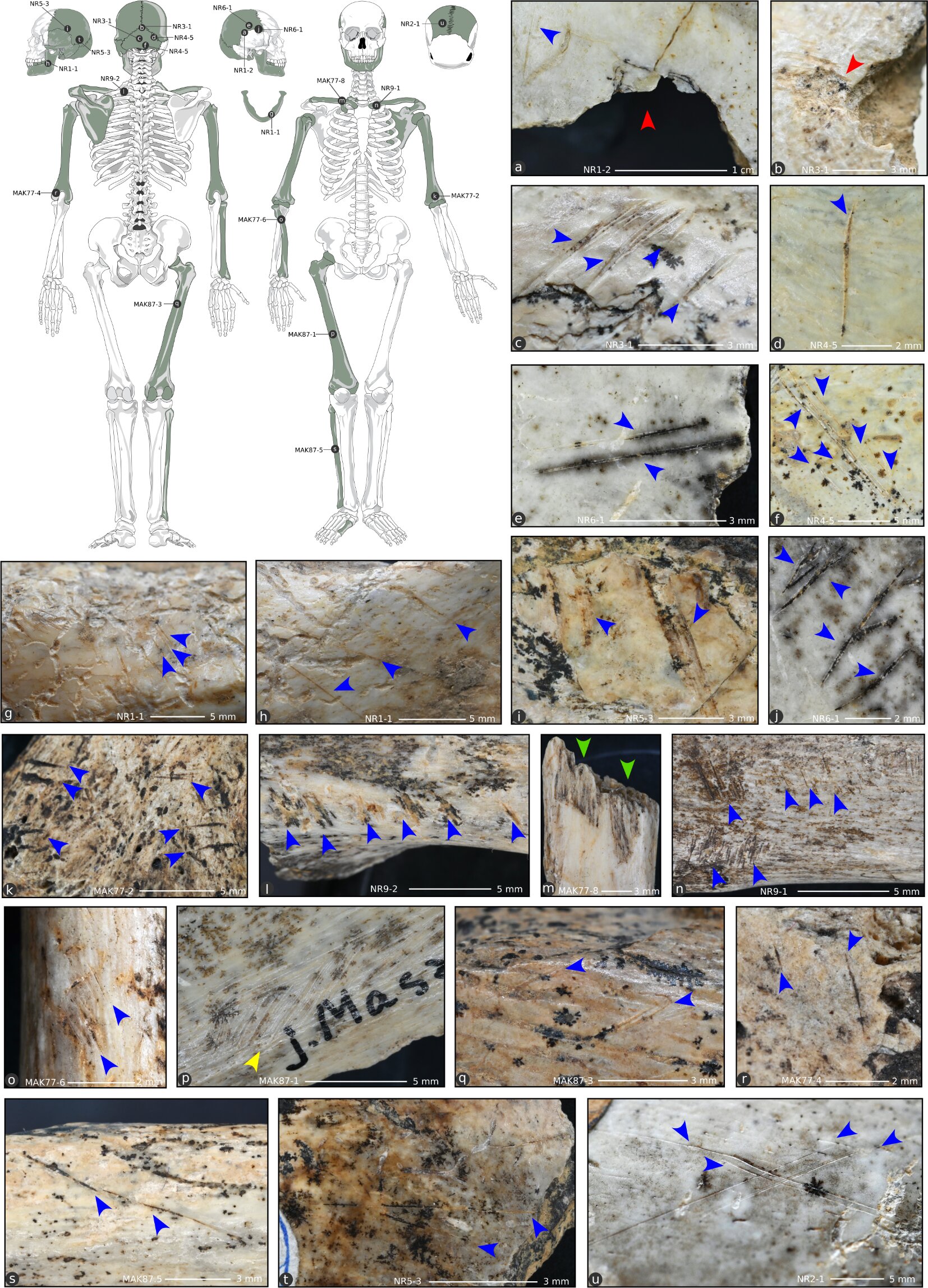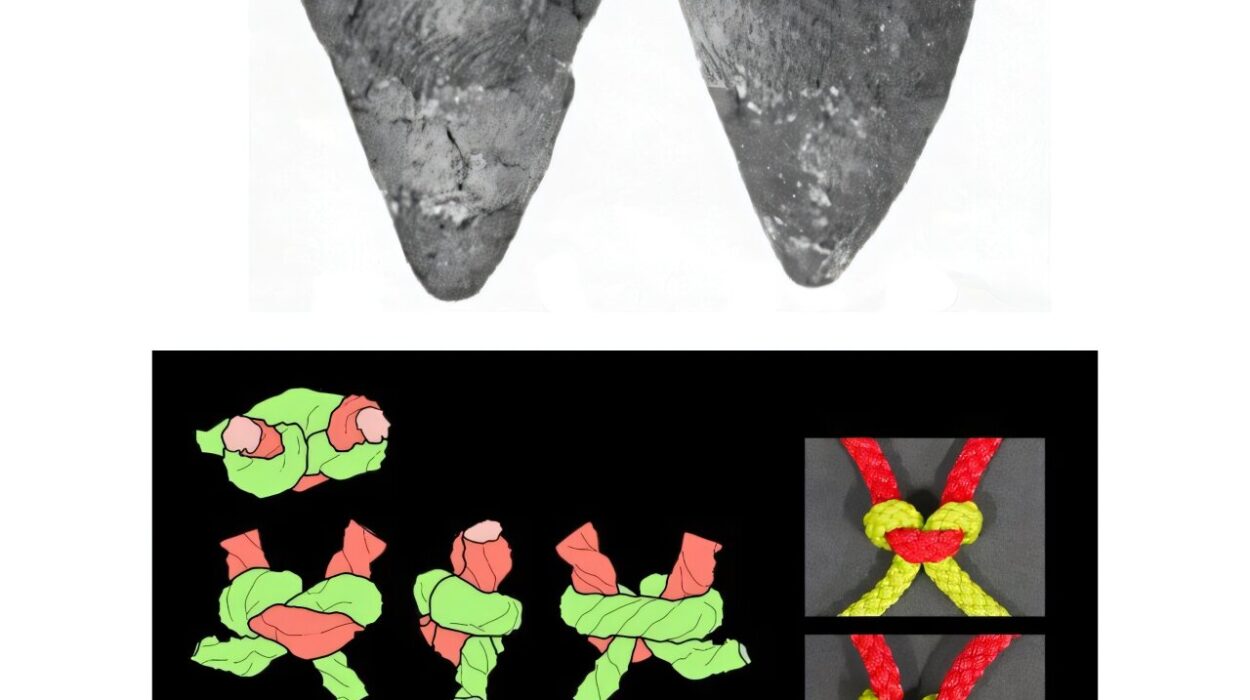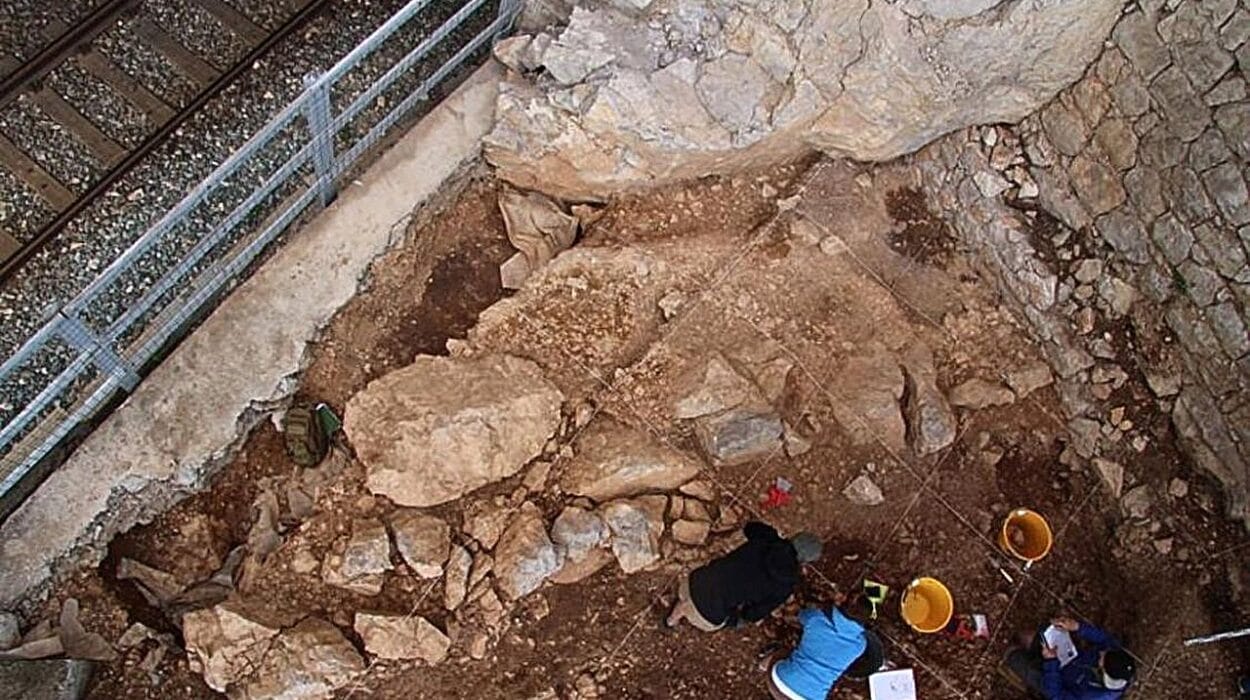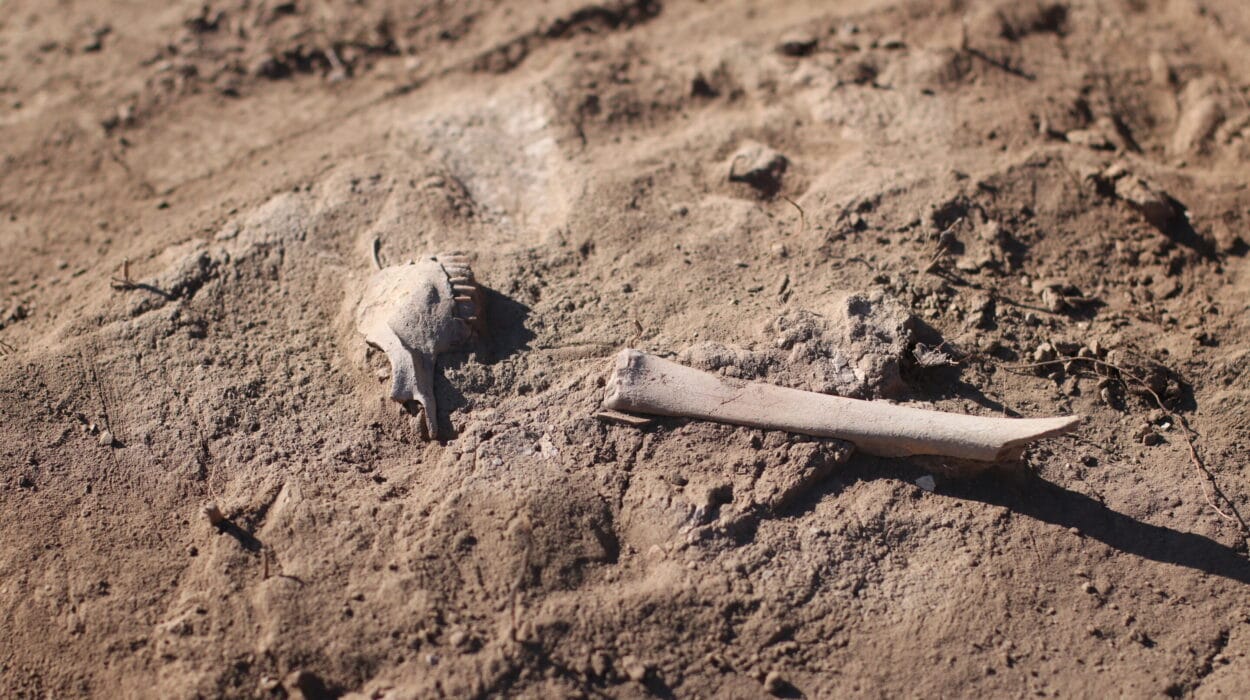A groundbreaking study led by a team of archaeologists, paleontologists, and historians from Spain, Germany, and Poland has shed new light on a chilling aspect of prehistoric life: cannibalism. The team examined evidence uncovered from Maszycka Cave in southern Poland, which dates back around 18,000 years to the Magdalenian period. This research, published in Scientific Reports, suggests that a group of early humans resorted to cannibalism, either out of necessity or possibly as part of a ritual. The study offers a detailed and compelling analysis of bones found in the cave, which were initially overlooked and misidentified.
The Discovery of the Bones and Their Significance
The bones in question were removed from Maszycka Cave during digs that took place as far back as the 19th century, with subsequent excavations in the 1960s. However, due to the broken and fragmented nature of the bones, their true origin was not identified until now. The bones were thought to belong to various animals, and their significance went largely unexamined for many years.
It was only after a fresh examination of these bones that the researchers recognized marks and patterns that strongly indicated butchering techniques similar to those seen on animal remains. They discovered that many of the bones had been intentionally broken to extract marrow, a nutrient-rich substance that could have been consumed as a source of food. This pattern of behavior, particularly in prehistoric human societies, was often linked to survival tactics.
The marks on the bones—such as sharp cuts and fractures—are consistent with patterns seen on the remains of animals that had been carved up for consumption. The team noticed that these markings were not exclusive to animal remains. Many of the bones appeared to come from humans. This finding led the researchers to consider the possibility that these people had engaged in cannibalistic practices.
The Context of Cannibalism in Prehistoric Societies
Cannibalism is not an unfamiliar concept in the study of early human societies. Archaeologists and anthropologists have long known that instances of cannibalism occurred in various cultures throughout history. It’s been suggested that it could serve several purposes: ritualistic, survival, or even social. In some cases, it was performed as part of a spiritual or religious practice, while in others, it was driven by starvation or desperation.
The new evidence from Maszycka Cave could point to one of these motivations. The bones, while showing signs of butchery, were mixed in among other animal bones with similar cut marks, suggesting that humans and animals were treated in a similar manner—both were used for their meat and possibly marrow. The human remains were not isolated or treated with reverence, which is another key indicator that this may have been a practice of consumption rather than one of ritualized burial.
Timing and Circumstances of the Cannibalism
A critical aspect of this discovery is the timing. The bones date to around 18,000 years ago, a period shortly after the last Ice Age. This era, known as the Pleistocene, saw dramatic environmental changes as the glaciers that had once covered much of the planet began to recede. As the ice melted, it opened up more land for human habitation, but also created competition for resources, particularly food.
The end of the Ice Age was marked by a cooler climate, which could have made food more scarce. Hunting may have become more difficult as animals adapted to changing environments, and people may have faced periods of famine. In such harsh conditions, survival could depend on desperation, leading to cannibalism as a means of obtaining nutrition.
Another consideration is the possibility of territorial conflict. As human populations spread into new areas, they may have come into violent contact with other groups over resources and territory. Some theories suggest that cannibalism in this context could reflect the violence of competition for survival. Whether driven by necessity or social factors, the evidence from Maszycka Cave hints at a darker, more primal side of early human existence.
Cannibalism as a Ritual or Burial Custom?
While the evidence strongly points to cannibalism, the researchers acknowledge the possibility that these actions may have been more complex. Ritualistic cannibalism was a common practice among some prehistoric cultures. In certain societies, consuming the flesh of the dead was seen as a way to honor the deceased or to incorporate their power into the living. Some cultures practiced sky burial, where the bones of the dead were stripped clean, and then the remains were either cremated or left out to decompose naturally.
It’s also possible that these early humans had a different cultural approach to death and burial, which might have involved the disposal of the dead in a manner that included breaking bones to extract marrow, a practice that could be interpreted as ritualistic rather than purely practical. There have been other archaeological sites where human bones were found to have been carefully cleaned and separated, perhaps as part of a funeral rite.
The researchers point out that it is difficult to rule out the possibility of a ritualistic reason for the marks on the bones, as similar practices have been documented in different prehistoric and historic cultures. However, given the apparent lack of respect shown for the human remains in Maszycka Cave, the team leans more heavily toward the interpretation that cannibalism, rather than ritualistic burial, was the likely motivation.
Implications for Our Understanding of Prehistoric Humans
The discovery at Maszycka Cave raises important questions about early human behavior and survival. It underscores the fact that prehistoric humans were not just simple creatures following basic instincts, but complex beings who engaged in practices that may have been shaped by a variety of factors—survival, ritual, territoriality, and even cultural practices that we may never fully understand.
Furthermore, this discovery provides a new layer to our understanding of the Magdalenian period, a time of significant cultural and technological development in human history. These early people were skilled hunters and gatherers, creating sophisticated tools and art, as evidenced by cave paintings and carved figurines. The evidence of cannibalism is a stark reminder of the challenges they faced and how survival sometimes necessitated practices that might seem unimaginable to us today.
Conclusion
The findings from Maszycka Cave in southern Poland offer a fascinating glimpse into the lives of humans living 18,000 years ago. The evidence strongly suggests that cannibalism was practiced by Magdalenian people, either out of necessity due to resource scarcity or perhaps as part of a more ritualistic or social behavior. The bones, once thought to belong only to animals, have now revealed a much darker side of human survival during a time when life was brutal, unpredictable, and shaped by both environmental challenges and territorial disputes.
While this research adds another layer to our understanding of prehistoric cultures, it also raises broader questions about the complex and varied ways that ancient humans navigated survival, ritual, and community. It reminds us that our ancestors, despite their many achievements and sophisticated societies, also had to confront some of the most basic and harsh realities of existence, including the possibility of turning to cannibalism in extreme circumstances.
Reference: Francesc Marginedas et al, New insights of cultural cannibalism amongst Magdalenian groups at Maszycka Cave, Poland, Scientific Reports (2025). DOI: 10.1038/s41598-025-86093-w






